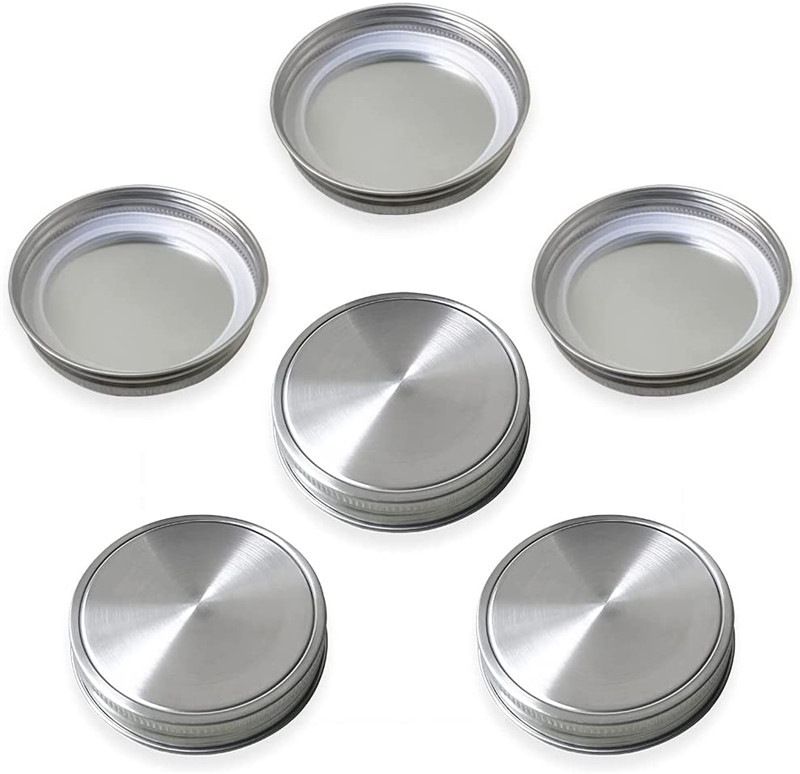Beekeeping is a rewarding yet intricate endeavor that requires a deep understanding of bee behavior and hive dynamics. One of the essential tools in a beekeeper’s toolkit is the beekeeping pollen trap. This article will explore the importance of the beekeeping pollen trap, its role in maintaining hive health, and how it can contribute to the overall productivity of the bees.
What is a Beekeeping Pollen Trap?
A beekeeping pollen trap is a device used to collect pollen that bees carry back to the hive. Pollen is a critical food source for the colony, particularly for the development of bee larvae. The trap is designed to intercept pollen as bees move through the hive, ensuring that a portion of this valuable resource can be harvested.
Why Use a Beekeeping Pollen Trap?
The use of a beekeeping pollen trap offers several benefits:
- Resource Management: It allows beekeepers to manage the colony’s pollen intake, which can be particularly useful during times of pollen scarcity.
- Hive Health Assessment: The quantity and quality of collected pollen can provide insights into the health of the hive and the surrounding environment.
- Product Harvesting: The beekeeping pollen trap enables beekeepers to harvest pollen, which is a nutritious product with various applications in food, supplements, and cosmetics.
How Does a Beekeeping Pollen Trap Work?
The beekeeping pollen trap typically consists of a series of bars or a mesh that bees must pass through. As they do so, the pollen on their legs is dislodged and falls into a collection area below. This design ensures that the bees can continue their normal foraging activities while efficiently collecting pollen.
Benefits of Using a Beekeeping Pollen Trap:
- Nutritional Analysis: The collected pollen can be analyzed to determine the nutritional content and the types of flora the bees are foraging from.
- Pollen Sales: Pollen is a valuable product that can be sold to health food stores or used in various health and beauty products.
- Bee Population Control: By controlling the pollen supply, beekeepers can influence the size of the bee population within the hive, preventing overcrowding.
How to Install a Beekeeping Pollen Trap:

- Position the beekeeping pollen trap strategically within the hive, usually between the brood box and the honey supers.
- Ensure that the trap does not impede the bees’ movement and is securely attached.
- Regularly inspect and clean the trap to maintain its efficiency and prevent the buildup of pests or diseases.
Choosing the Right Beekeeping Pollen Trap:
When selecting a beekeeping pollen trap, consider the following:
- Compatibility: Ensure the trap is suitable for the type of hives you manage.
- Material: Opt for durable, non-toxic materials that will not harm the bees.
- Ease of Maintenance: Look for a trap that is easy to clean and maintain.
In conclusion, the beekeeping pollen trap is a vital component in the beekeeper’s arsenal. It plays a significant role in managing hive health and productivity, as well as providing an additional source of income through pollen sales. By understanding and utilizing the beekeeping pollen trap effectively, beekeepers can enhance their practices and contribute to the sustainability of bee populations.
Invest in a high-quality beekeeping pollen trap and take a proactive approach to hive management. With this tool, you’re not just caring for your bees—you’re investing in the health of our ecosystems and the future of agriculture.

